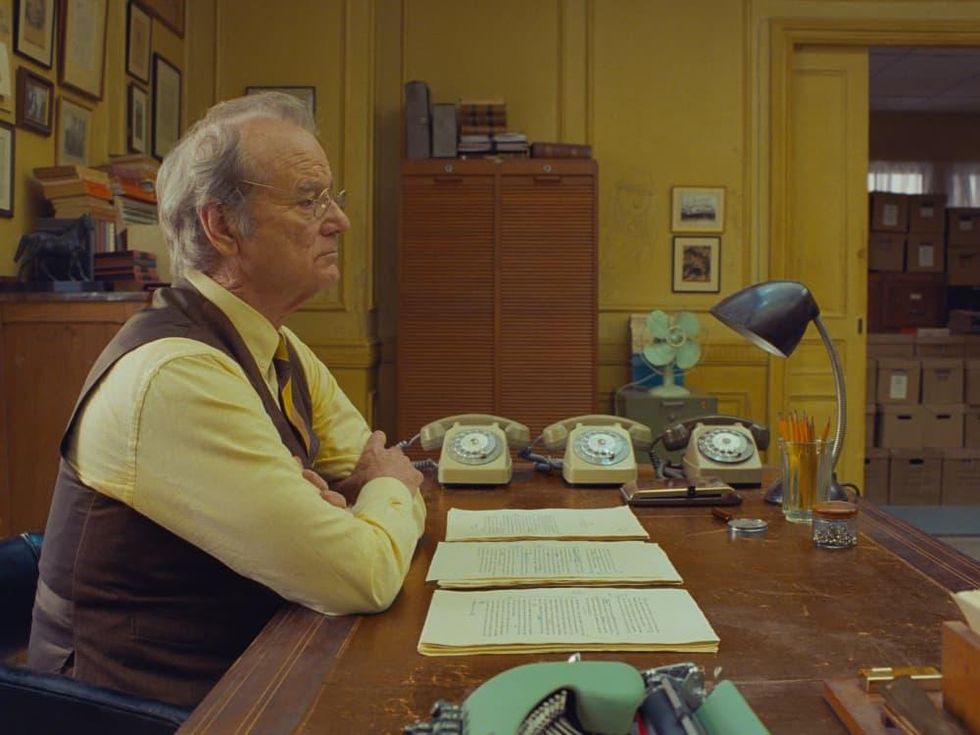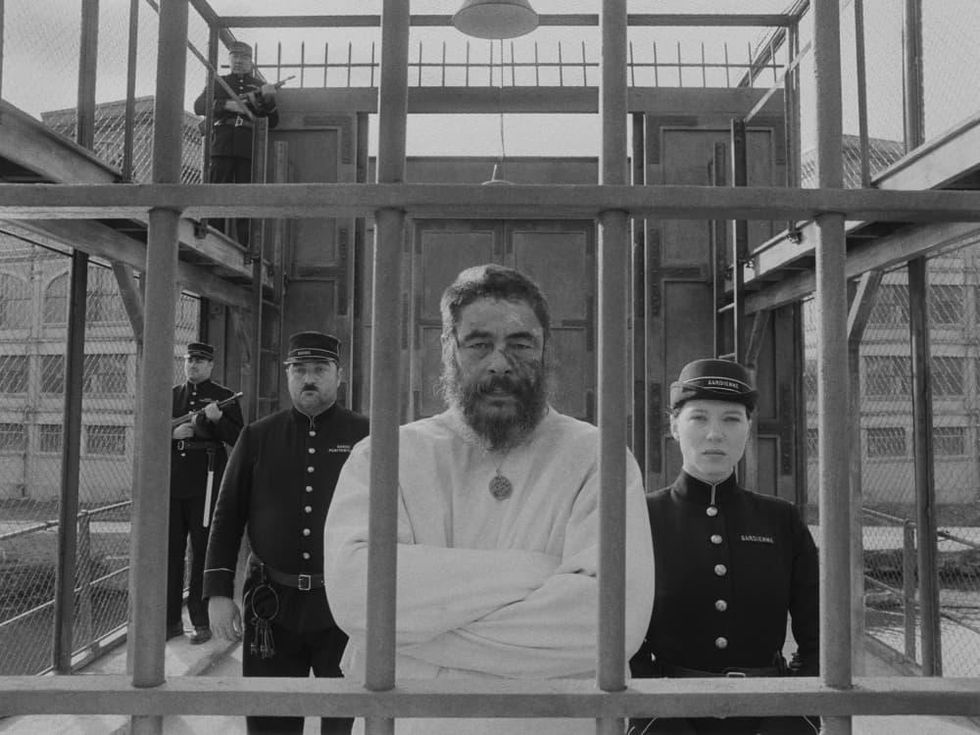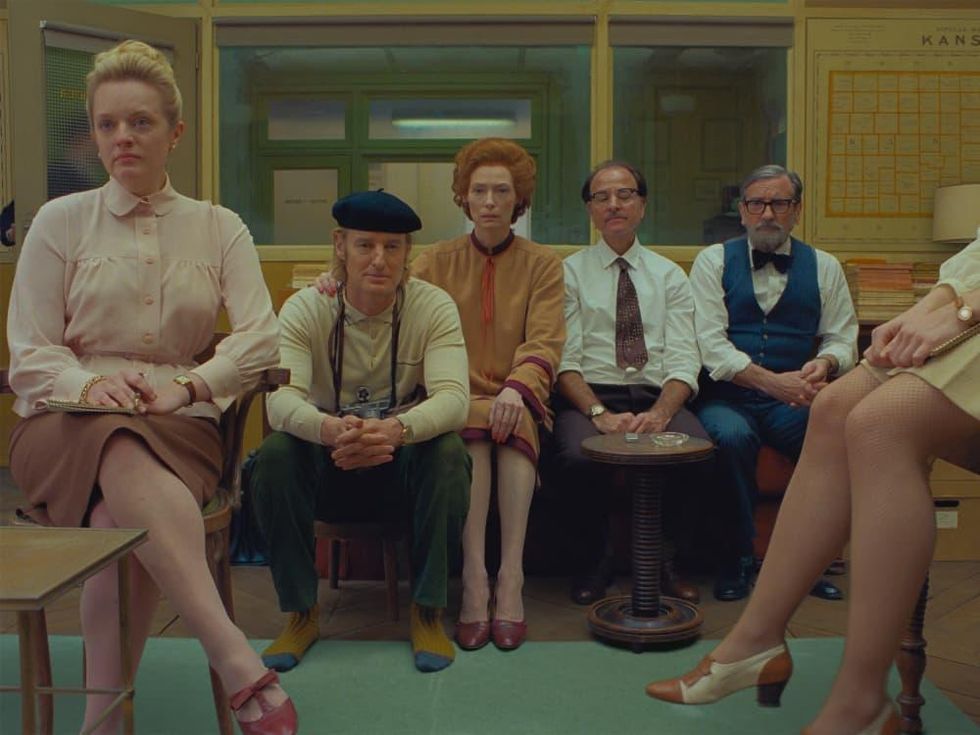Movie Review
The French Dispatch honors journalism as only Wes Anderson can
There are many filmmakers who have their own distinct styles, but over the past 20 years, no director has been more inimitable than Wes Anderson. His use of very particular cinematography, staging, and color make each of his films instantly recognizable, and that’s before you get to his dialogue, which has a precise rhythm that makes each character seem related, no matter how different they are.
That sameness from film to film could be boring, but he has a way of refreshing the style with his stories that keeps his fans returning again and again. That ability is on display once more in The French Dispatch, an anthology-style film that works as a kind of visual version of the titular magazine, which itself is an international outpost of the fictional Liberty, Kansas Evening Sun newspaper.
Anderson uses the film as a love letter to journalists and journalism, but viewed through his unique lens. Editor-in-chief Arthur Howitzer Jr. (Bill Murray) shepherds an eclectic staff through assembling an issue, including art writer J.K.L. Berensen (Tilda Swinton), man about town Herbsaint Sazerac (Owen Wilson), crime reporter Roebuck Wright (Geoffrey Wright), and more.
None of the three main stories they tell are straightforward, which is mostly beneficial for the film. They involve an imprisoned artist (Benicio Del Toro) whose guard (Léa Seydoux) serves as his muse, and the art enthusiasts who go crazy for his work; a political agitator (Timothée Chalamet) covered perhaps a bit too closely by a Dispatch reporter (Frances McDormand); and Roebuck Wright recounting his time infiltrating a crime gang to a talk show host (Liev Schreiber).
As is the custom with Anderson films, the stories are populated with all manner of big-name actors in small roles, including Adrien Brody, Saoirse Ronan, Bob Balaban, Henry Winkler, Christoph Waltz, Willem Dafoe, Edward Norton, Elisabeth Moss, and Jason Schwartzman, among others. Everyone involved appears more than happy to play in Anderson’s sandbox, no matter how short or long their stay.
Anderson’s trademark whimsy carries the film throughout, even when a couple of the segments drag. You may think you know where a story is heading, but then he throws in a few off-the-wall details that no other filmmaker would even think to include. Those kinds of things almost always work in his favor because he long ago established his quirky bona fides. That said, this is not an entry-level Anderson film; anyone coming to him for the first time may find themselves scratching their head about why other moviegoers are enjoying it so much.
More so than most of his films, there is no star on whose performance the story relies. Murray plays the head of the paper, but like every other actor, he only pops up at certain times. The ones who make the most of their brief appearances are Swinton, Del Toro, Seydoux, and McDormand, although each member of the ensemble elevates the film in one way or another.
The French Dispatch may not go down as a classic in Anderson’s filmography, but it’s a welcome return to live-action filmmaking for the director (his last non-animated film was 2014’s The Grand Budapest Hotel). No one tells a story exactly like he does, and his presence among all the blockbusters is always welcome.
---
The French Dispatch opens in theaters on October 29.




